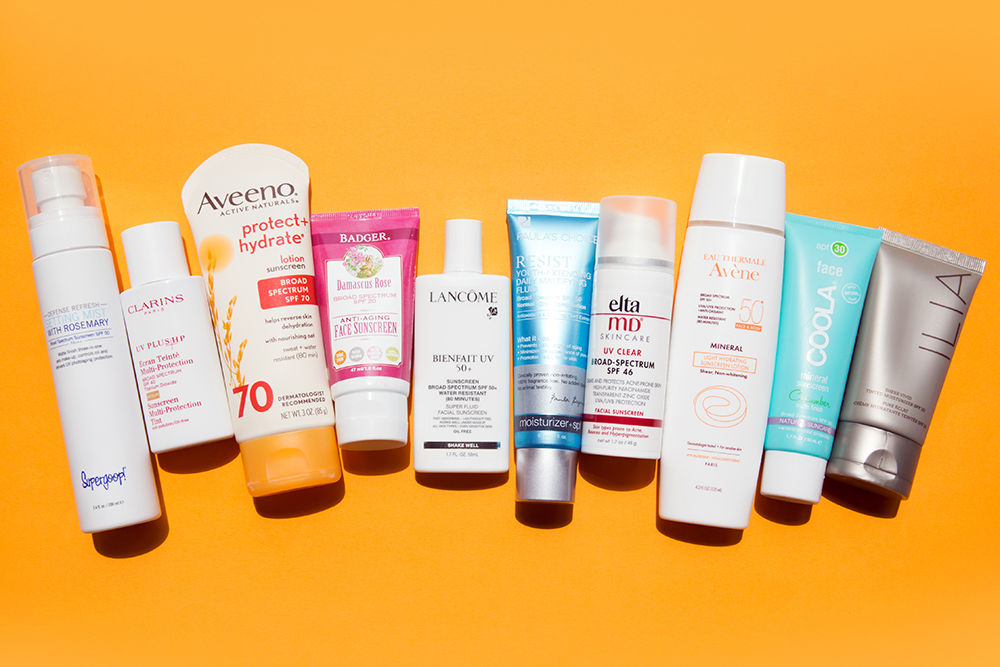- Sunscreens can potentially cause greater skin cancer risk.
- Skin protection products mostly shield the skin from sunburn inducing UVB rays but not UVA that causes more serious skin diseases.
Causes of skin cancer increase annually.
According to a California-based scientist named Elizabeth Plourde, Ph.D., malignant melanoma, and all other skin cancers increased significantly with sunscreen use over a 30-year period.
Sunscreens usually contain carcinogens and endocrine-disrupting chemicals or EDC.
It is also said that the sun doesn’t really harm us, instead, it nourishes us.
A study published at Karolinska Institute in Sweden back in 2014 found that women who avoided lying under the sun are actually more likely to die compared to those who sunbathe on a daily basis. The study conducted the research on 30,000 women over the course of 20 years.
There are two types of sun rays, the Ultraviolet B rays (UVB) and the Ultraviolet A rays (UVA). The UVB is the main cause of sunburns and non-melanoma skin cancers like squamous cell carcinoma, which is also known as epidermoid carcinoma. Most sun protection products are made to block UVB rays.
On the other hand, UVA is much more powerful when it comes to penetrating the skin. There is less research about the harms of the UVA radiation and it can be potentially much more harmful than we know. Even if the damages of the UVA is much less noticeable than those of the UVB, it can be a lot more dangerous.
Most of the chemicals in our sunscreens have a minimum effect when it comes to protecting our skins from the UVA rays. The high SPF products are said to shield the skin from the effects of the UVB rays but not other types of skin damage. People must keep in mind that UVA and UVB protection do not harmonize.
And with this, people tend to think that they are more protected resulting for them to stay out in the sun longer than usual. Users of the conventional sunscreen may get less UVB-inflicted sunburns but they are more likely to absorb more UVA radiation.






